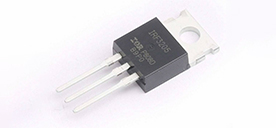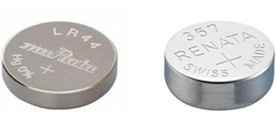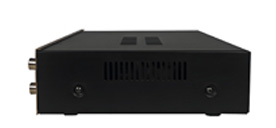What is Electrical Power?
2024/12/27 15:06:40
Views:
Electrical power comes up a lot in explanations in the electrical field, and whether you know nothing about it or have heard a little about it, here is a detailed description of electrical power that will help you understand it faster and more intuitively.
Electric Power Formula
What is Electrical Power?
Regarding electrical power, it is used in physics to indicate the rate of conversion or transfer of energy per unit of time. In simple terms, it indicates the rate at which electricity is used, that is, how much electricity is consumed per second.
Electric Power Formula
I am sure you already know the basic definition of electric power, and the following will give you more details on how to use the formula. In the following formula, P uniformly represents electrical power in watts (W).
1. The basic formula for calculating electric power is:
where,
- W: represents electrical work in joules (J)
- t: represents time in seconds (s)
An example:
A light bulb consumes 100 joules of electrical energy in 5 seconds, applying the formula above, then its power is 100 divided by 5 equals 20 watts. This bulb consumes 20 joules of energy per second, so its power is 20 watts.
2. In the form of Ohm's law U=I·R, if you know the voltage U and the current I, the formula for electric power is:
where,
- U: indicates voltage in volts (V).
- I: denotes current in amperes (A).
An example:
An appliance operates at 220 volts and 2 amps of current, so its power is 220 times 2 equals 440 watts. This appliance operates at 220 volts and 2 amps of current and consumes 440 watts of power per second.
Tip:
- When the voltage is higher, the electrical power will increase. For the same resistance, higher voltage increases current, which increases power.
- When the current is higher, the electrical power increases. At the same voltage, increasing the current will directly increase the power.
3. The following two forms of the formula can be derived from Ohm's law U = I·R:
If the current and resistance are known:
If the voltage and resistance are known:
where,
- R: denotes resistance in ohms (Ω).
An example:
- Using the first equation, if the current is 2 amps and the resistance is 5 ohms, then 2 squared is 2 times 2, which equals 4, then 4 times 5, which equals 20 watts. The current in the circuit is 2 amps and the resistance is 5 ohms, so the power is 20 watts.
- Using the second equation,if the voltage is 10 volts and the resistance is 5 ohms, then 10 squared is 10 times 10, which equals 100, then divide 100 by 5, which equals 20 watts. The voltage in the circuit is 10 volts and the resistance is 5 ohms, so the power is 20 watts.
Tip:
If the load is a resistor, when the voltage is fixed, the lower the resistance, the higher the power. When the current is fixed, the higher the resistance, the higher the power.
How about this? Combined with the above example to understand the formula calculation method, is not very simple and easy to understand, in fact, these contents are not complicated, I hope this article can help you more clearly understand the electric power.
Frequently Asked Questions
1. Why can't I touch electrical equipment with wet hands?
Life in the water contains conductive impurities, more likely to form a current loop, when touching electrical equipment with wet hands, it will reduce the body resistance, increasing the risk of current passage, resulting in the risk of electric shock.
2. What is the unit of electric power?
The unit of electric power is Watt (W).
3. Does the higher the power of a household appliance consume more electricity?
Yes, the more powerful the appliance, the more electricity it consumes per second, but the power consumption is also related to the time of use.
Related Information
-
-
Phone
+86 135 3401 3447 -
Whatsapp





